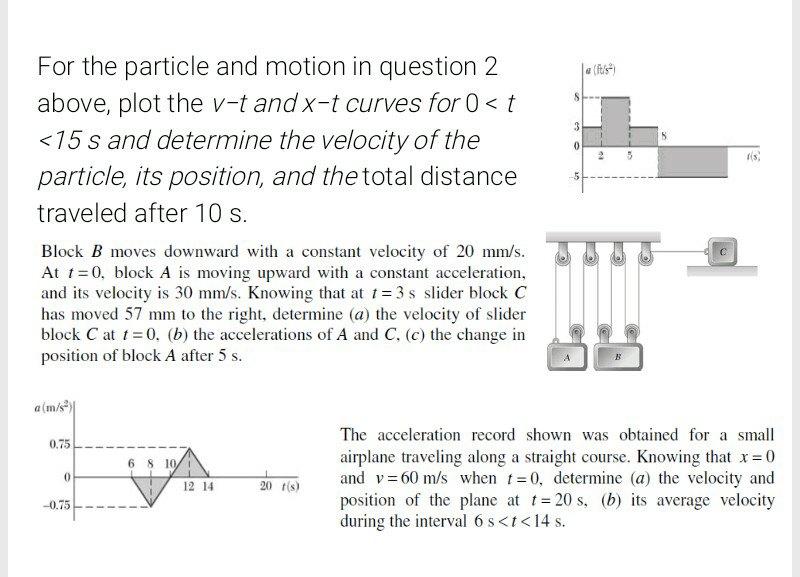
AllQuestion and Answers: Page 1934
Question Number 16613 Answers: 1 Comments: 2

Question Number 15463 Answers: 1 Comments: 0
Question Number 15452 Answers: 1 Comments: 0

Question Number 15448 Answers: 0 Comments: 2
Question Number 15440 Answers: 3 Comments: 9

Question Number 15434 Answers: 1 Comments: 8

Question Number 15407 Answers: 1 Comments: 0
Question Number 15405 Answers: 1 Comments: 0
Question Number 15393 Answers: 1 Comments: 0
Question Number 15392 Answers: 1 Comments: 0
Question Number 15377 Answers: 1 Comments: 0
Question Number 15384 Answers: 1 Comments: 0
Question Number 15418 Answers: 2 Comments: 0
Question Number 15358 Answers: 1 Comments: 0
Question Number 15352 Answers: 0 Comments: 4
Question Number 15348 Answers: 2 Comments: 0
Question Number 15343 Answers: 0 Comments: 0

Question Number 15344 Answers: 0 Comments: 0

Question Number 15328 Answers: 1 Comments: 0
Question Number 15322 Answers: 0 Comments: 6

Question Number 15318 Answers: 2 Comments: 6

Question Number 15311 Answers: 0 Comments: 0
Question Number 15302 Answers: 0 Comments: 0
Question Number 15301 Answers: 1 Comments: 0
Question Number 15300 Answers: 1 Comments: 3
Question Number 15298 Answers: 1 Comments: 4
Pg 1929 Pg 1930 Pg 1931 Pg 1932 Pg 1933 Pg 1934 Pg 1935 Pg 1936 Pg 1937 Pg 1938
